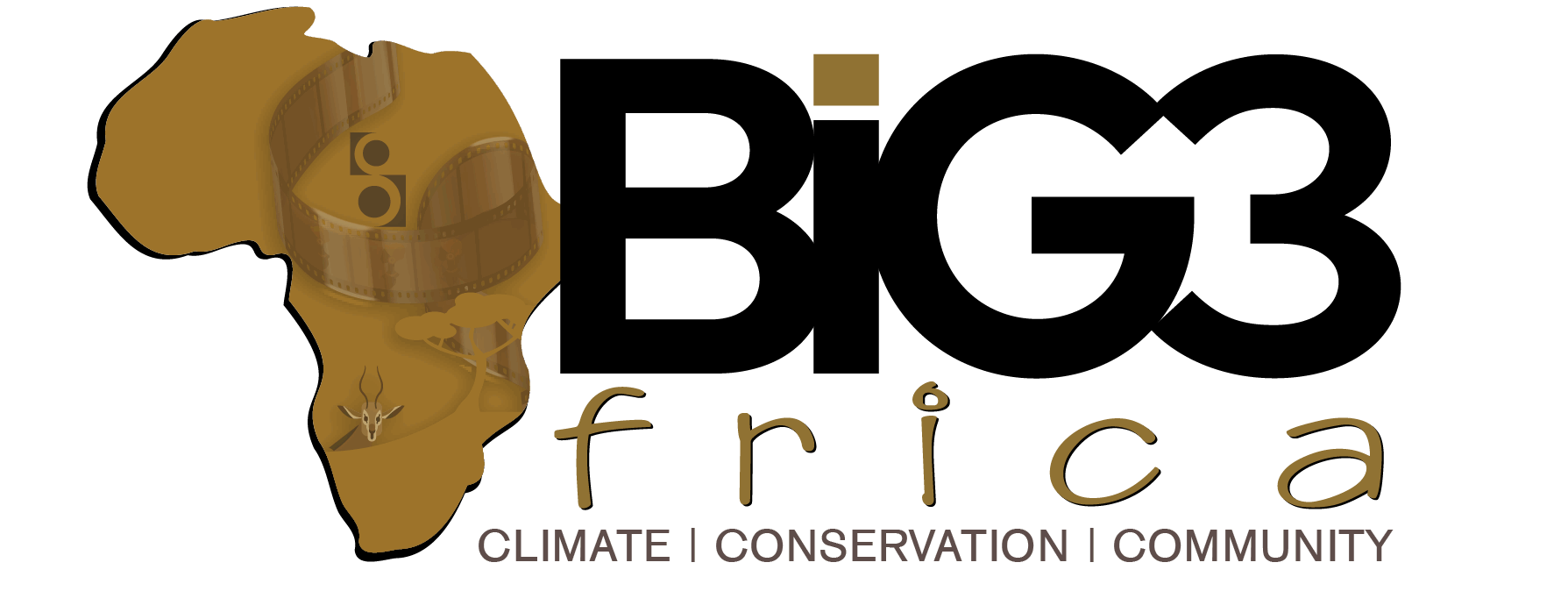Across Africa, women stand at the crossroads of climate change — deeply affected by its impacts, yet powerfully positioned to lead adaptation. From the farmlands of Ghana to the turquoise tides of Kenya’s coast, their hands nurture both land and sea, blending tradition and innovation to build resilience.
In Ghana, shifting rain patterns and rising temperatures have changed how communities grow food. But amid these challenges, women have turned adaptation into opportunity. In regions like Upper West and Central Ghana, they are redefining dry-season farming — using innovative irrigation and soil conservation techniques to grow vegetables all year round. Supported by partners such as UNDP and local cooperatives, they are feeding families and transforming their villages into hubs of green growth.

Their work extends beyond the fields. Along Ghana’s coast, mangrove restoration has become a symbol of renewal. Women-led groups are replanting mangrove forests to protect shorelines from erosion and storm surges. These restored ecosystems now provide new income streams through honey harvesting, eco-tourism, and aquaculture. Every mangrove planted is both an environmental and economic victory — proof that resilience starts from the ground up.
Thousands of kilometres east, on Kenya’s coast, women are finding their own rhythm of recovery in the sea. In villages such as Munje, they are restoring ocean health through octopus fisheries management — a model that combines local knowledge with science. By enforcing temporary “no-fishing” periods known as octopus closures, communities allow marine ecosystems to recover. When fishing resumes, catches double and incomes rise, proving that conservation and prosperity can coexist.

For these Kenyan women, the ocean is both livelihood and legacy. Once limited to small-scale gleaning in shallow waters, they now lead community fishery groups, mentor others, and take part in national blue economy discussions. Their journey from unseen labourers to recognized conservation leaders mirrors a wider shift — where women’s voices are shaping the future of sustainable oceans.
What connects the women of Ghana’s farms and Kenya’s reefs is resilience rooted in local wisdom. Both face the uncertainty of climate change — failed rains, rising seas, and shifting seasons — yet both respond with creativity, courage, and community strength. Their work proves that real climate solutions are often born from local action, guided by women who understand the pulse of the land and sea.
Still, challenges remain. Access to credit, technology, and decision-making opportunities continues to limit women’s full potential. Climate policies often overlook their unique roles in managing natural resources. Yet from grassroots cooperatives to national programs, change is growing — inclusive, gender-responsive, and community-driven.




